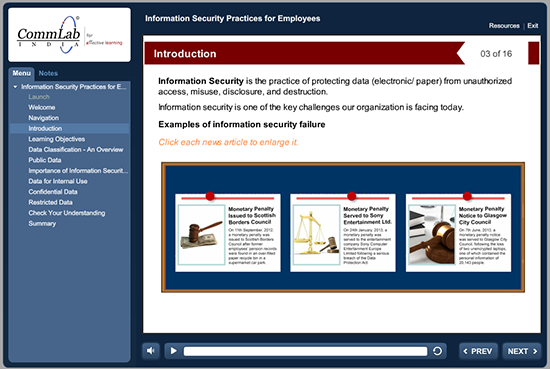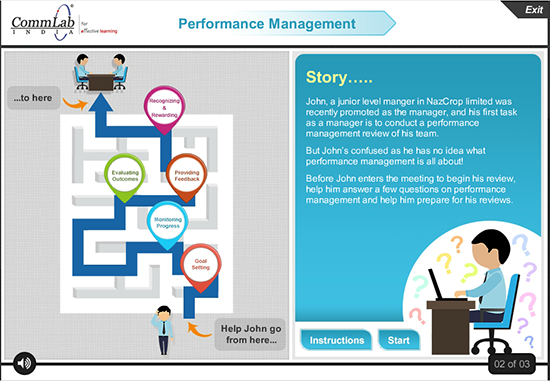Importance of the Audio Component in E-learning

When we think of audio in instructional design, we always think of narration. Most of us forget that music and sounds can also be used very effectively to enhance learning through an online course. So, the audio component in an eLearning course can be defined as a set of elements of narration, music, and sounds used to enhance learning effectiveness.
→ Download eBook- Making a Business Case for eLearning [eBook]
Where are these 3 elements used? Let us see.
Narration is a key component of audio in instructional design strategies, which is used to explain the Need-to-know content on the screen. It is specifically used for introducing the content and summarizing it, and in certain cases to provide on-screen instructions.

Music can also be used very effectively. If you have left your learner to read a sizable content on the screen, it will be very effective if you can play a back ground music at the same time. That is also true when you ask the learner to perform an activity which will take a little time. If you ‘fill’ the time with some kind of background music, it helps comprehend better.
Music is something which is often forgotten by us and as the choice of music is very subjective, we find it difficult to decide on the kind of music we need to use. But, when it is used strategically in certain aspects in the course, it enhances the learning reduces the stress on the learner.

Sounds are often overlooked in instructional design, yet they can significantly enhance the learning experience. For example, when demonstrating how equipment works, like a pump, combining animations with real-life sounds adds immense value. Imagine hearing the water flow, the piston turns, or a valve open and close while observing the animation—these auditory elements deepen engagement and understanding.
Sometimes, sounds can also be used to lighten the seriousness when we give feedback on assessments. The most commonly used sounds in assessments are the sound of applause, used when the question is answered correctly and the ‘oops’ sound when the learner clicks the wrong answer. These help reduce stress as some learners feel tense when they take a test. Using sounds is a very subjective decision, and we need to be very careful where we use them. We need to always check with the stakeholders whether they would like to use them or not.

The combination of narration, music, and sounds, when aligned with instructional design principles, can greatly enhance the effectiveness of a course.





